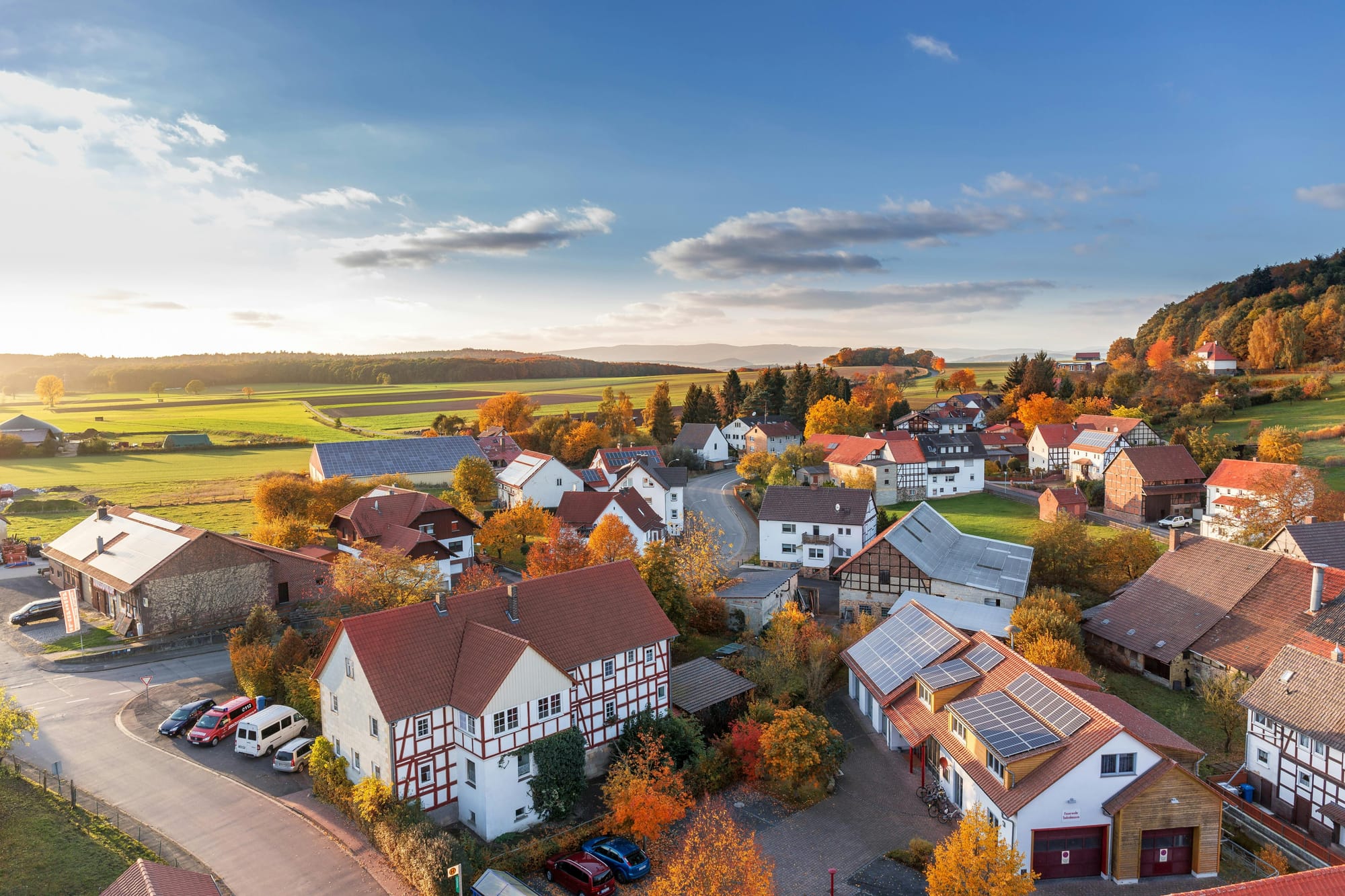U.S. Home Price Recovery After Disasters

The Unexpected Truth Behind U.S. Housing Market Dynamics
The U.S. housing market dynamics reveal surprising resilience in the face of disasters. Despite the havoc wreaked by natural calamities, the market's recovery often defies expectations. Historical events have shown that, although home prices may initially plummet, recovery can happen quicker than anticipated. Factors like disaster discounts and shifting real estate trends play critical roles in the post-disaster housing scenarios in the United States.
Understanding Disaster Discounts in Real Estate
In the aftermath of catastrophes, disaster discounts become a notable phenomenon:
- Perceived risk: Lower home prices due to heightened perceived risk or actual damage lead to significant discounts for buyers.
- Historical trends: Instances like Hurricane Katrina emphasized fluctuating property values, where prices reacted sharply to the disaster's disastrous impact before gradually stabilizing.
- Market bounce-back: Despite initial downturns, some regions quickly rebound, driven by demand and strategic investment, reflecting resilience in property market trends.
The interplay between disasters and real estate leads to varying housing market activities. Events like the 2008 financial crisis showcased how such complex dynamics can lead to eventual market stabilization despite initial volatility.
The Dynamics of Property Value Recovery
U.S. housing market resilience often surfaces through property value recovery. Consider these factors:
- Resilient factors: Factors like local economic strength and community initiatives boost recovery, as seen in areas like Joplin, Missouri, post-tornado devastation.
- Diverse recovery rates: Different regions show varied recovery times due to factors like economic policies, resource availability, and community initiatives.
- Rebound examples: The post-Hurricane Sandy era in New Jersey paints a picture of significant housing market recovery steered by adaptive community strategies and rebuilding efforts.
These case studies underscore the unique architecture of the U.S. housing market, where resilience and strategic investment can lead to surprising rebounds even after calamitous events.

Real Estate Insights on Post-Disaster Housing
Recent data and real estate analysis present nuanced views on post-disaster housing scenarios:
- Market analysis: Examination of trends like rising U.S. property market trends following disasters like wildfires in California illuminate recovery patterns.
- Policy impacts: Government interventions and insurance impacts show their weight in fueling disaster recovery housing initiatives.
- Long-term recovery: Time-wise, housing price recovery is an evolving metric intricately connected to external economic conditions and internal market reactions.
These insights dictate how policies and community actions collaborate, determining the long-term recovery outlook of impacted regions.

Analyzing U.S. Housing Market Resilience
This resilience often carries several unexpected truths:
- Rapid recoveries: Home price recovery occurs quicker than expected, largely due to underlying economic structures, government aid, and community resilience.
- Community and infrastructure: Enhancements through post-disaster rebuilding programs play a powerful role in recovery. Community solidarity and redevelopment projects have led to significant recovery in unexpected locations, presenting an S-curve of improvement.
- Statistics and insights: Real estate market analysis statistics support these narratives, demonstrating how regions known for real estate strength regain stability post-catastrophe.
Such analysis not only highlights the market's robustness but critically reflects on the complex factors that cement its foundational recovery structures.
Future Outlook: Real Estate After Disasters
The future of housing price trends in post-disaster scenarios is poised for interesting developments:
- Innovative strategies: Emergent real estate after disasters strategies suggest a brighter, more resilient future.
- Strengthening resilience: Techniques like better architectural designs, emergency preparedness, and strategic financial planning show promise in minimizing disaster impacts.
- Property value research: Ongoing studies in property value recovery continue to refine models and strategies, offering deeper insights into post-disaster housing dynamics.
As the market adapts to the nuances of disasters, the strategies pursued today will lay the foundation for enduring resilience and prosperity in the face of future challenges.
A Resilient Housing Market
In conclusion, the housing market's resilience remains the unexpected truth amid post-disaster recovery. While catastrophes initially disrupt the property sector, evidence suggests that recovery, though challenging, is often more robust and rapid than anticipated. Strategic investments, community solidarity, and innovative rebuilding plans keep hope alive for a future where the housing market not only survives but thrives in the wake of calamity. As new challenges arise, the U.S. property market's ability to adapt and overcome suggests an underlying strength that offers optimism for the years to come.




